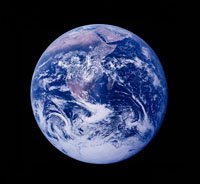
Recognizing the many possible links between geochemical reactions and the uncharacterized microorganisms populating the oceans, microbiologists have undertaken a major effort in the past decade to explore the marine microbial biosphere. Meanwhile, many earth scientists now view ocean chemistry as highly dynamic on geologic time scales, reflecting changing inputs and outputs as Earth and life co-evolved. Our knowledge of changes in past ocean states relies heavily on the sedimentary record, including the use of lipid biomarkers and other chemical and isotopic signatures. The interpretation of these biomarkers, including hopanoid and carotenoid biomarkers for marine phototrophs, is shifting rapidly as we evaluate their distribution and function in modern marine species more systematically. There is an opportunity to improve our ability to search for and interpret biosignatures of ancient ocean states by targeting modern rifugia for microbial taxa that are no longer widespread in global oceans. This talk will explore what could be gained by creating a network of these analog environments in order to explore their paleogenomic and geochemical signatures.
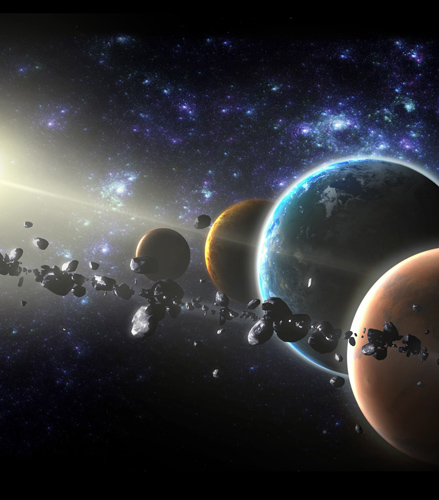 A Talk With Jim Green
A Talk With Jim Green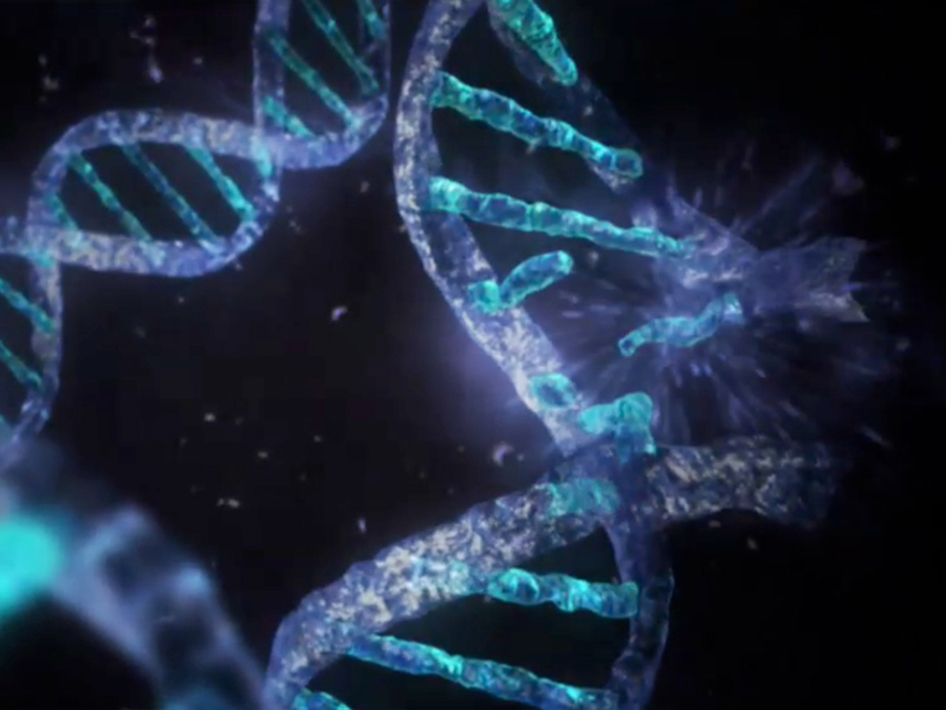 What Can Extant Genomes Reveal About Early DNA Metabolism?
What Can Extant Genomes Reveal About Early DNA Metabolism?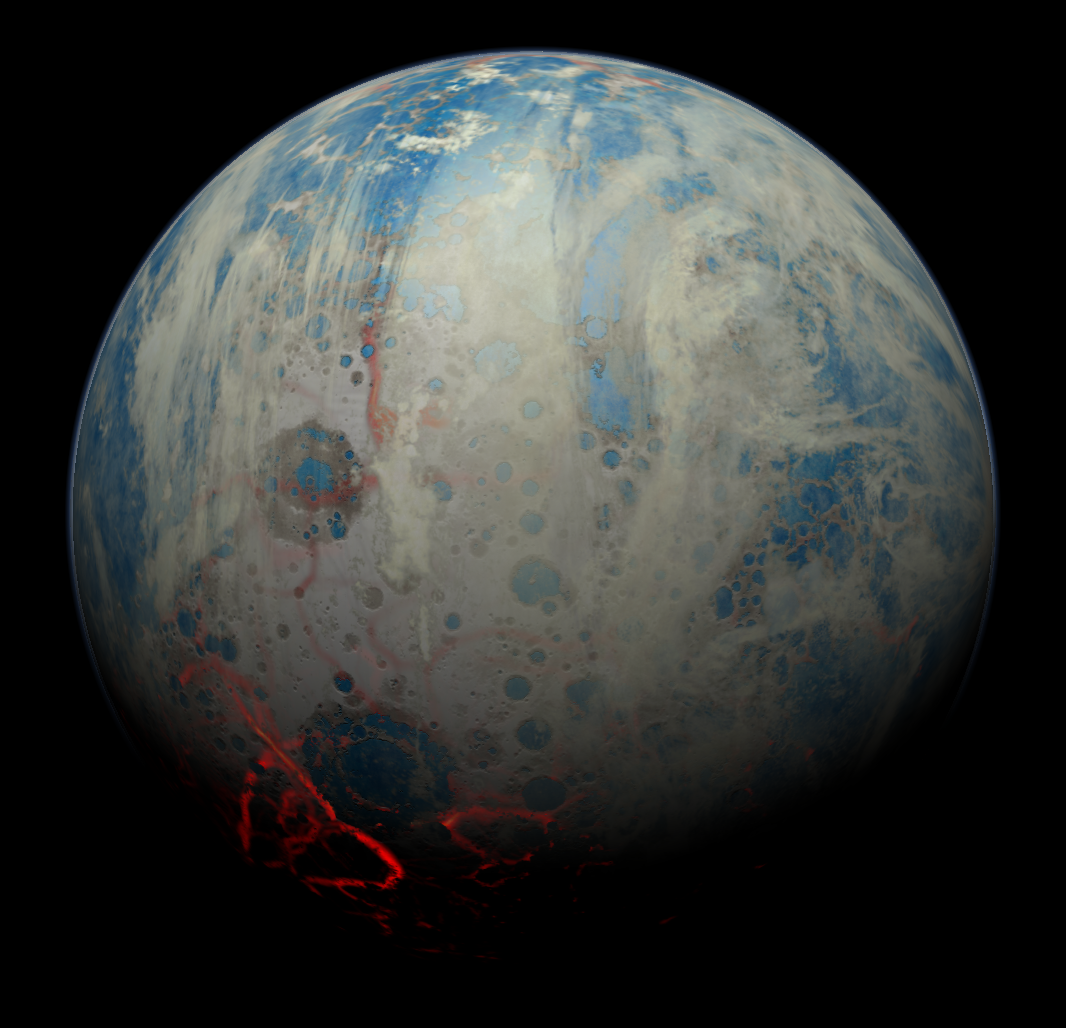 What We Talk About When We Talk About Earth's Oxygenation
What We Talk About When We Talk About Earth's Oxygenation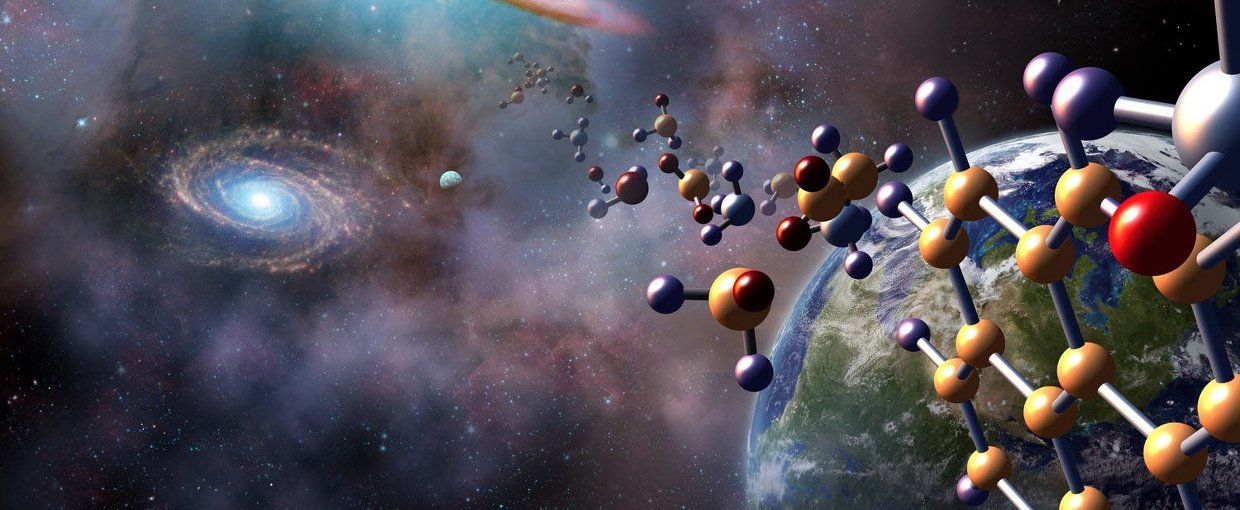 Bowling With Astrobiologists: A Twisted Path Toward the Origin of DNA
Bowling With Astrobiologists: A Twisted Path Toward the Origin of DNA